Innovator and investor Ray Dalio has been raising alarms about mounting U.S. debt and what he sees as growing risks to the stability of fiat currencies. In his latest comments, Dalio argues that gold and other assets outside the traditional fiat system are likely to become stronger stores of value as fiscal pressures intensify.
Key Takeaways from Dalio’s View
- Dalio emphasized that the United States is facing escalating debt service costs. As more federal revenue goes toward paying interest, there’s less left for other government functions. He likens this to “plaque in arteries,” warning that the system could suffer a “financial heart attack” if pressures continue unchecked.
- He expressed concern that massive debt accumulation, combined with persistent deficits, undermines the long-term reliability of government debt instruments (like Treasury bonds) and fiat currencies. These financial structures are vulnerable when governments are forced to borrow heavily or rely on printing money to meet obligations.
- For Dalio, gold stands out because it carries no counterparty risk—no promises needed, no government guarantee required. Its intrinsic value and historical track record in times of crisis make it his preferred hedge when faith in conventional systems is shaken.
- Dalio also suggested that non-fiat currencies—assets not issued and controlled by a central government—could play an important role in preserving wealth. These might include certain hard assets or currencies less tied to a single nation’s fiscal policy.
What He’s Advising Investors to Do
- He recommends that investors consider reallocating a portion of their portfolios toward gold. Specifically, he thinks that holding 10-15% in gold might offer a buffer in uncertain times.
- Dalio questions whether the traditional investment mix (frequently 60% stocks and 40% bonds) remains optimal when government debt is high and risks from inflation, currency devaluation, or policy missteps are elevated.
- He urges people to ask themselves “whose money do you own?” meaning that when holding assets in fiat currencies or government bonds, there is implicit trust in the ability of governments to maintain fiscal discipline and preserve value. If that trust falters, so does the value of those assets.
Broader Implications
- Inflation risk looms larger when debt obligations rise. If governments cover obligations by expanding the money supply or monetizing debt, inflation may erode purchasing power, making assets like gold more appealing.
- As depreciation pressures grow on fiat currencies with high debt burdens, investors around the world may seek diversification into non-fiat stores of value.
- There is also a political dimension: policies that increase government spending or reduce oversight on borrowing could amplify fiscal risk. Central bank independence and sound macroeconomic management have become more crucial.
What to Watch Moving Forward
- Data on U.S. interest expenses and budget deficits will be closely monitored, especially how much of government revenue is consumed just by servicing debt.
- Signals from central banks and government fiscal policy — whether toward more austerity, tax changes, or expansion — will matter in assessing risks to fiat currencies.
- Trends in gold prices, flows into gold holdings or ETFs, and demand from central banks may offer real-time clues to market concerns.
- Alternative non-fiat assets and currencies may become more attractive. Observing which ones offer liquidity, stability, and regulatory clarity will be key.

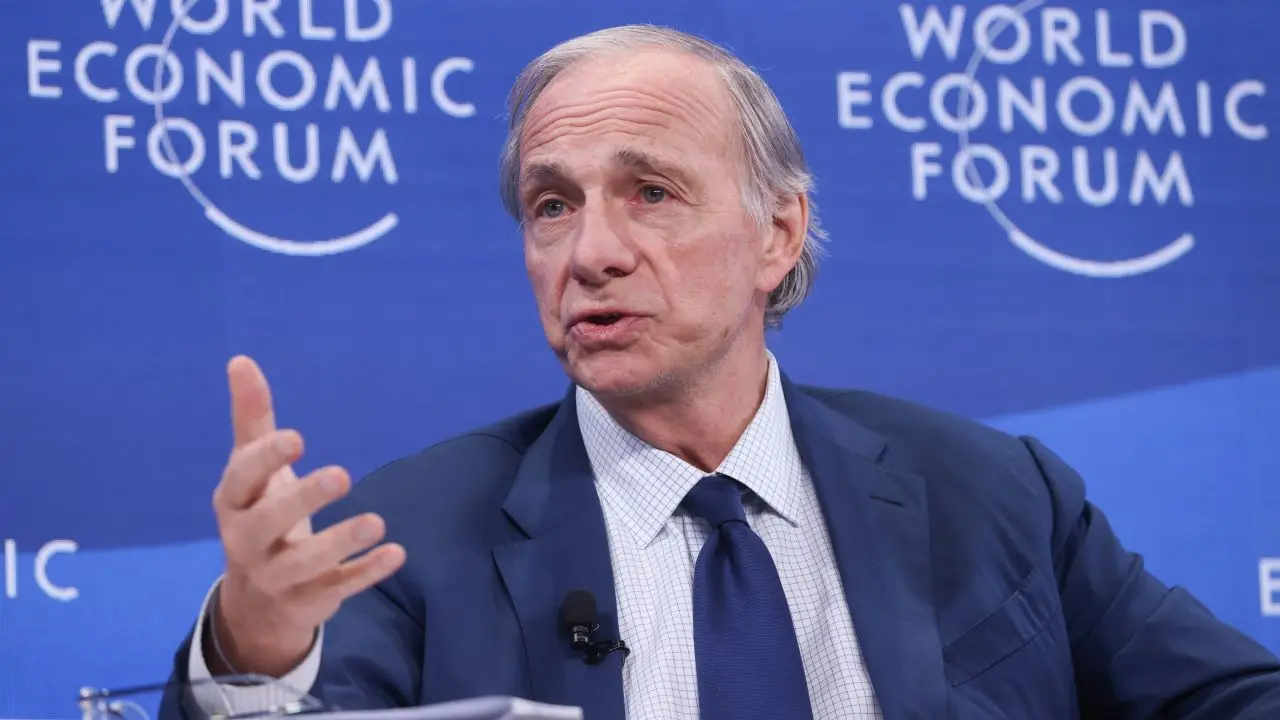
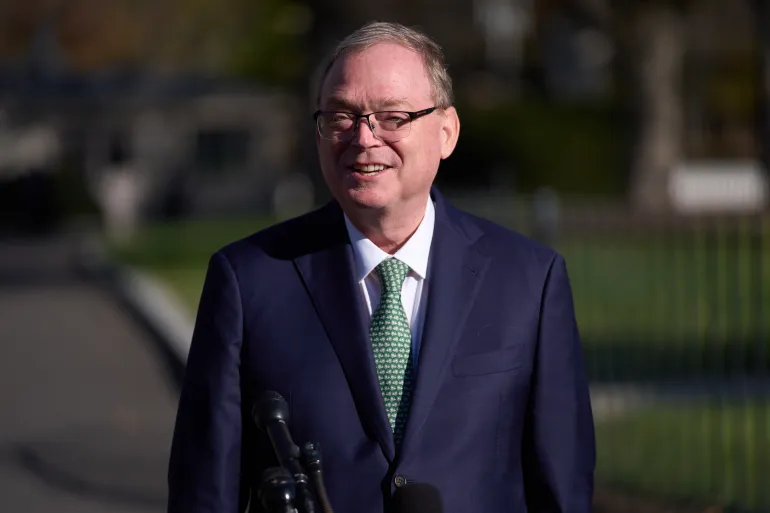
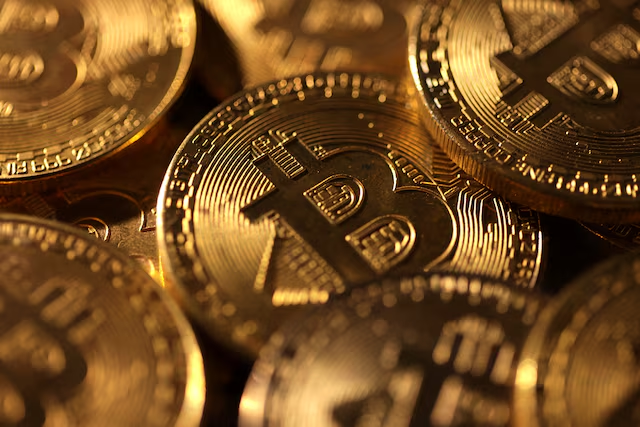


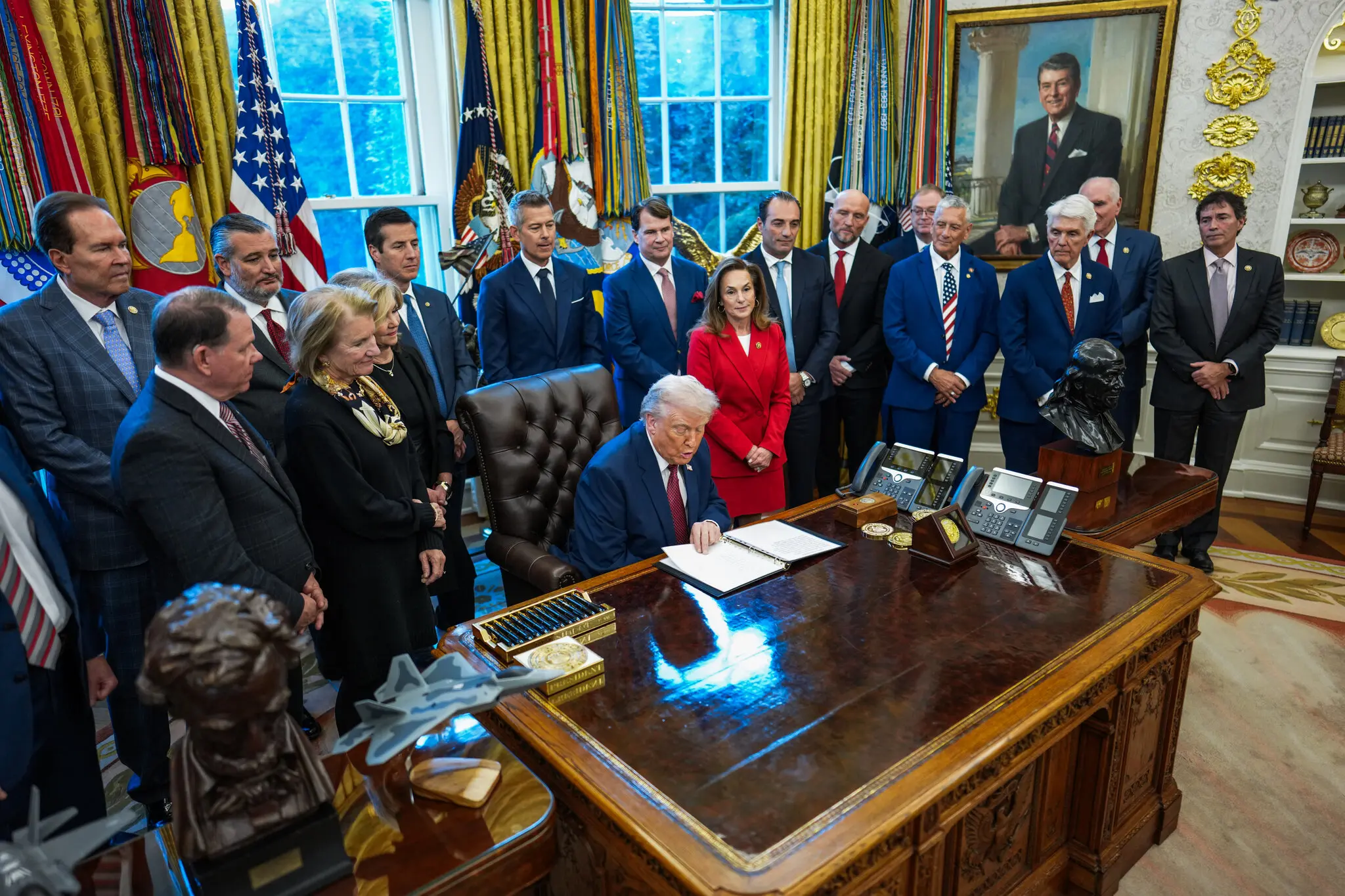

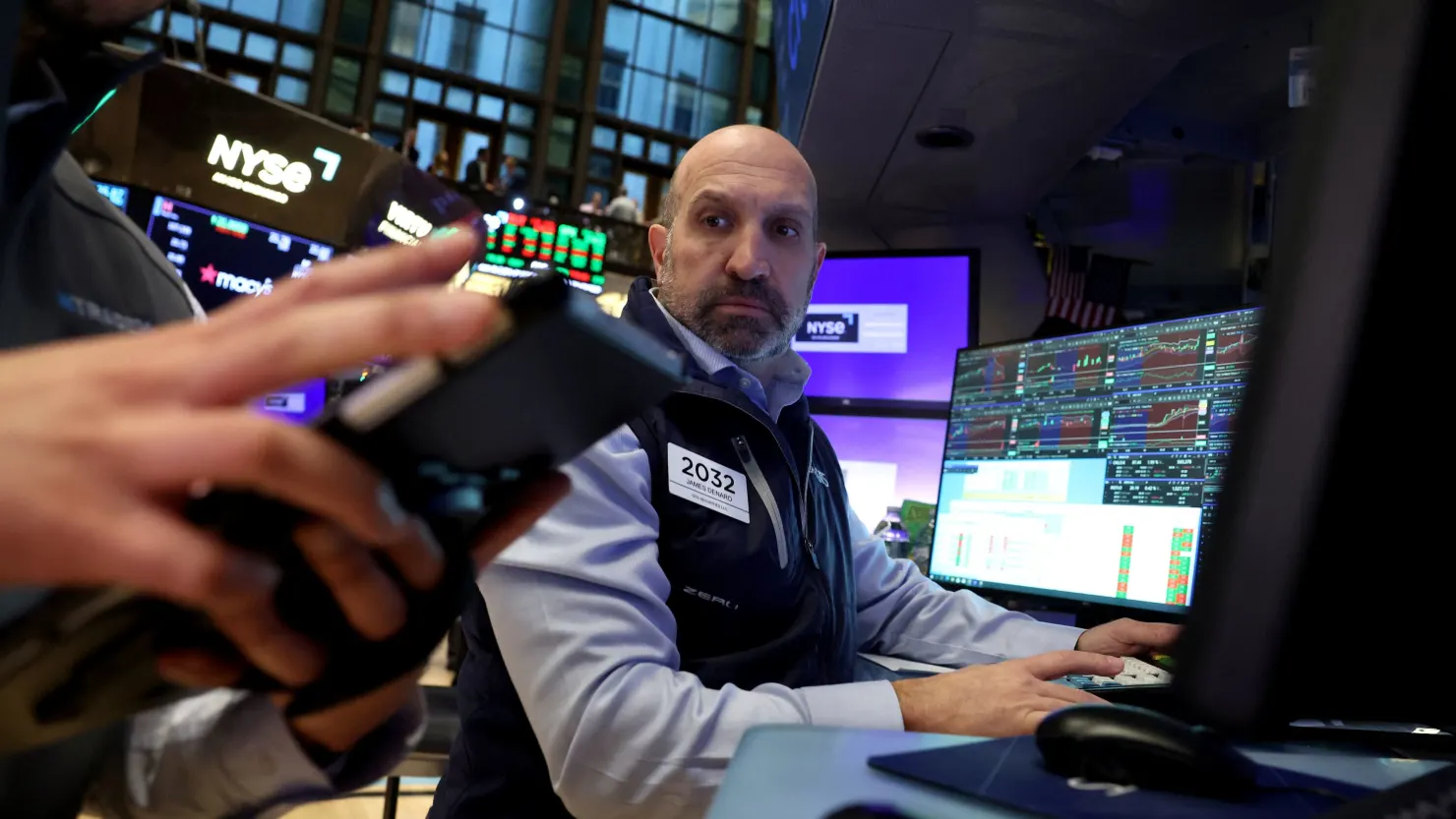


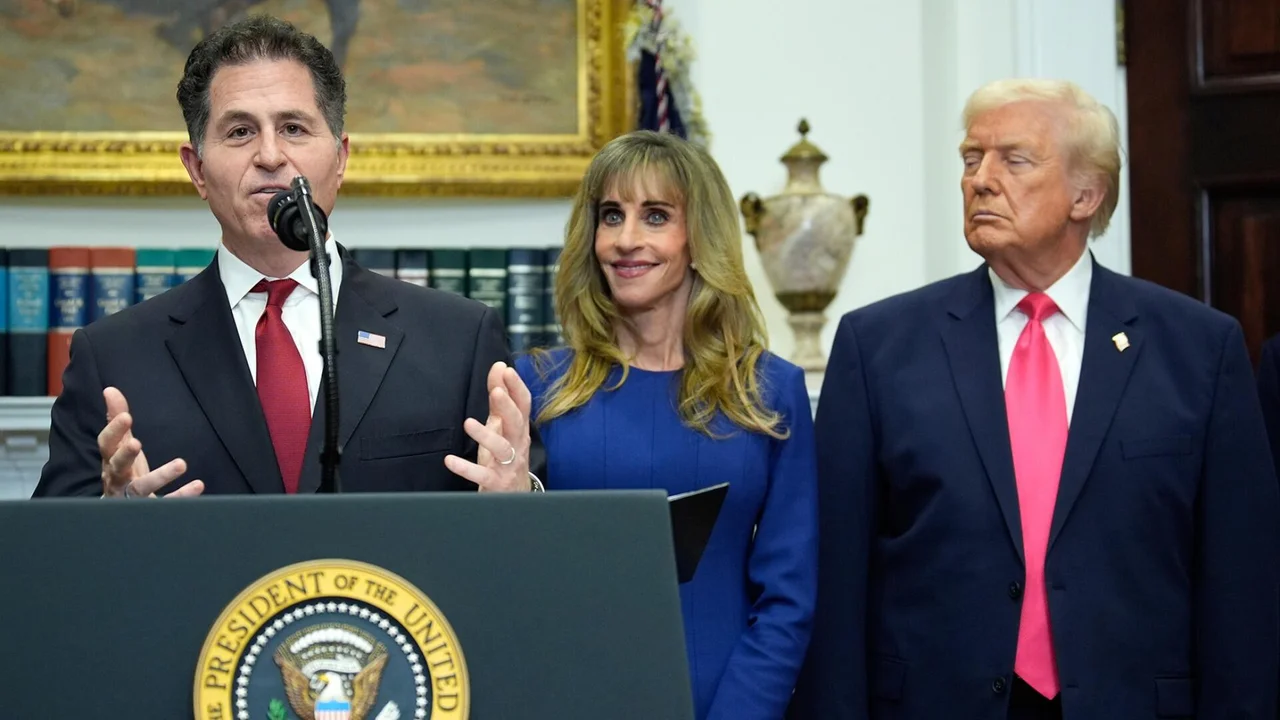




Leave a Reply